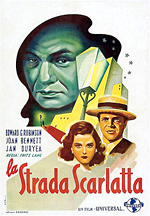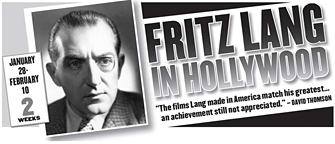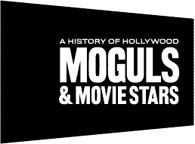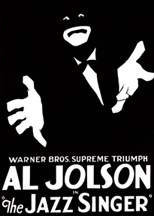Film Forum‘s two-week retrospective, Fritz Lang in America, comes to an end today. We didn’t get to attend as many of the bills as we’d hoped, but we made more than our share.
We thought an apt way to mark the end of the retrospective would be to link to Mubi.com‘s tribute to Lang in movie posters.
As Adrian Curry writes in his introduction to the collection of posters, “To search through Lang’s American posters (and the foreign posters for his American films) is to skulk through a world of fisted revolvers, prison cell bars, street corner shadows, knives, nooses, and dames in various stages of manhandled distress; a world of heightened emotions and febrile desperation with barely a smile to be seen.”
We’ve included three of the posters below, just to whet your appetite. But be sure you make your way over to see the full collection. It includes some beauts.
 |
 |
 |



 We have some big news for you, straight from Cladrite Industries’ central office in the heart of New York City:
We have some big news for you, straight from Cladrite Industries’ central office in the heart of New York City: Anyone with a casual interest in classic movies knows that
Anyone with a casual interest in classic movies knows that  New York’s
New York’s